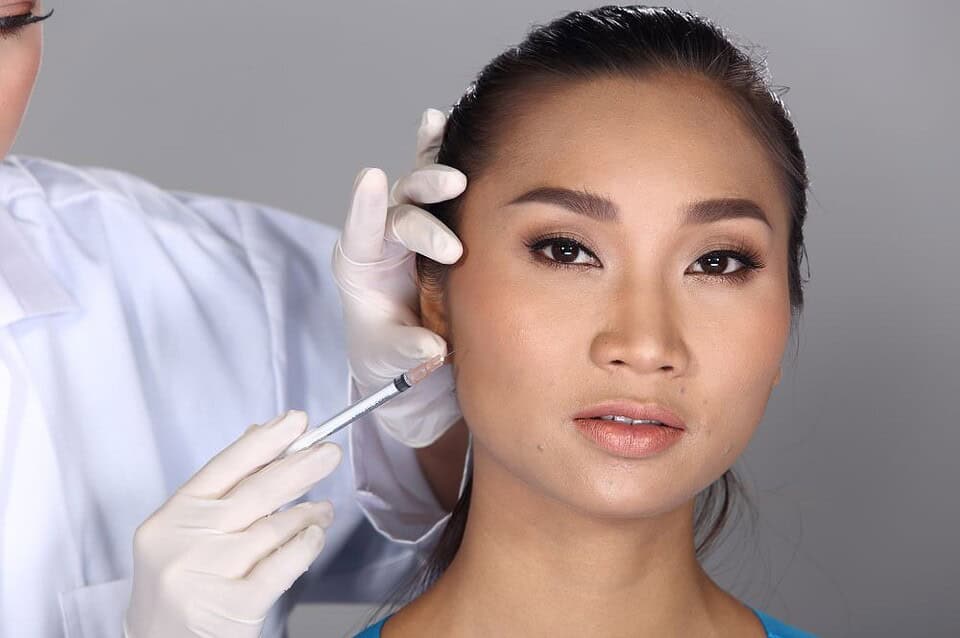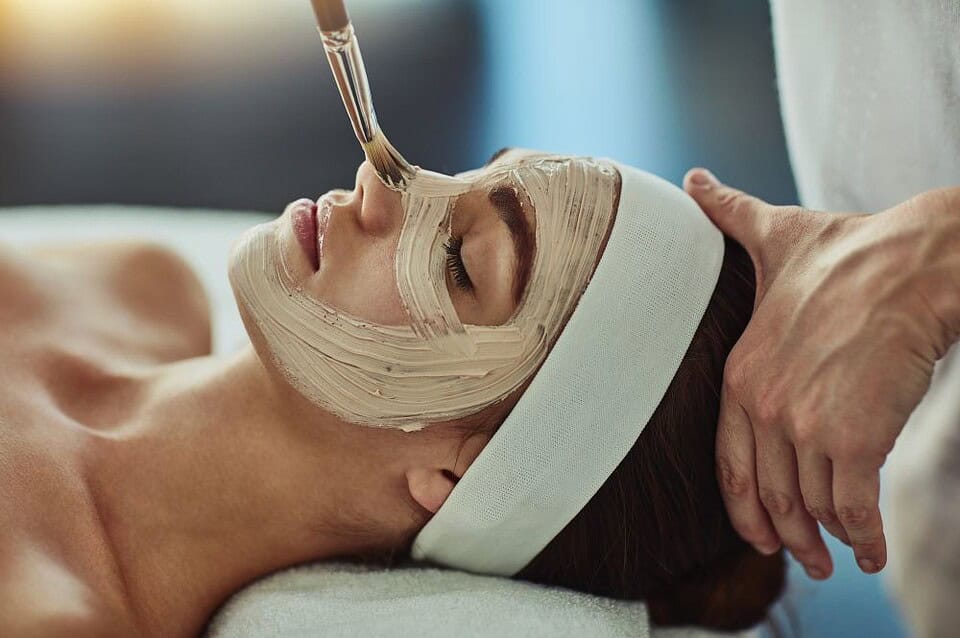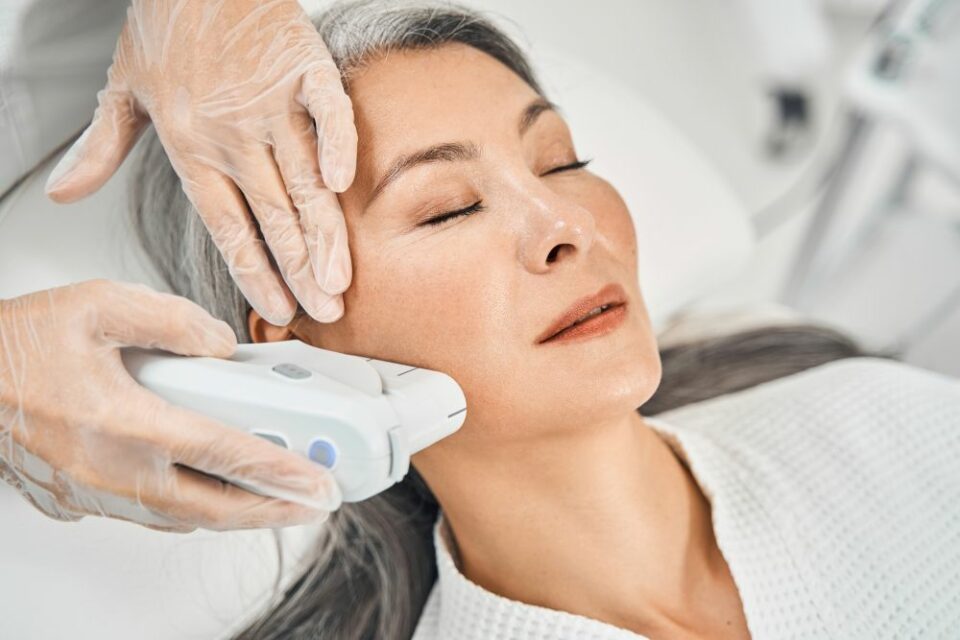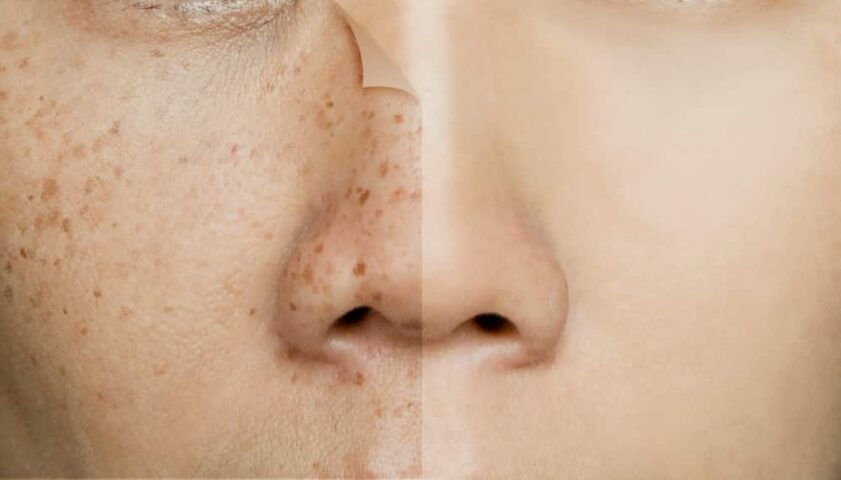
A Comprehensive Guide to the Causes and Types of Freckles
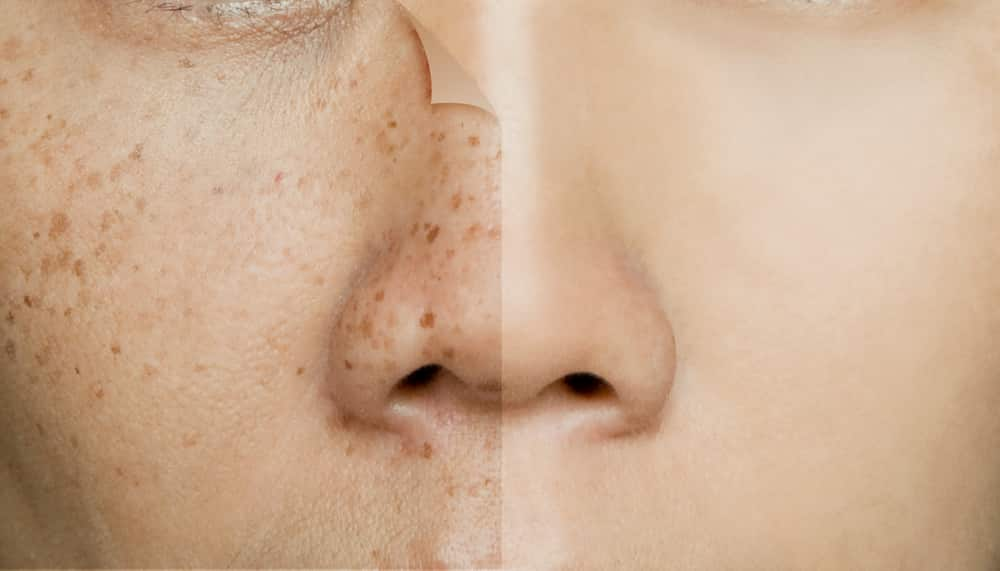
If you’re a regular beachgoer, then freckles probably aren’t all that new to you, as sun exposure is one of the main causes of freckles. People with fairer skin tend to be more susceptible to freckles. Freckles are small, brownish spots that often appear on areas of the body exposed to the sun. In this blog, we’ll explain the causes of freckles, the different types, and the treatments available for those who wish to pursue freckle removal at a clinic.
Causes of Freckles
Melanin is the pigment responsible for the color of our skin, hair, and eyes; it is produced by the skin cells known as melanocytes. When melanin is overproduced, freckles will develop as a result. When our skin is routinely exposed to the sun's harmful ultraviolet (UV) rays, it causes the melanocytes to produce more melanin to protect the skin from damage.
The melanocytes in people with fairer skin will tend to produce more melanin which will, in turn, cause more freckles. People with fairer skin also have less protection against UV radiation, increasing the chances of developing freckles further.
Genetics can also play a significant role in the development of freckles. Some individuals are more genetically predisposed to having freckles due to specific genes that regulate melanin production and distribution. For instance, the MC1R gene, which produces melanin, is linked to fair skin, red hair, and an increased likelihood of developing freckles. If you have a family history of freckles, you may be more susceptible to them. It's important to note that while genetics can increase your likelihood of having freckles, sun exposure remains the primary trigger for their development.
Types of Freckles
There are two main types of freckles: ephelides and solar lentigines.
Ephelides
These freckles are flat and usually red or brown in color. They are the more common type and typically appear on areas of the body that are exposed to the sun, such as the arms, chest, neck, and back. Ephelides are often genetic and can appear during childhood, fading in the winter months and becoming more prominent during the summer when UV radiation is stronger.
Solar Lentigines
These freckles may appear as yellow, red, or brown patches on the skin. They develop in adults over 40 and are caused by repeated sun exposure. Solar lentigines are found on areas of the body routinely exposed to the sun, such as the face, neck, forearms, shoulders, and lower legs. Unlike ephelides, solar lentigines do not fade during the winter months.
The Emotional Impact of Freckles
Although freckles are harmless and do not threaten overall health, they can still have a significant emotional impact on those who have them. While many love having freckles, some feel self-conscious and insecure about them. This can have a negative effect on their self-esteem and overall quality of life. If your freckles are causing you emotional distress, there are various treatment options available to reduce or remove freckles, so don't hesitate to contact a dermatologist or our freckle removal clinic for help.
Sun Protection and Prevention
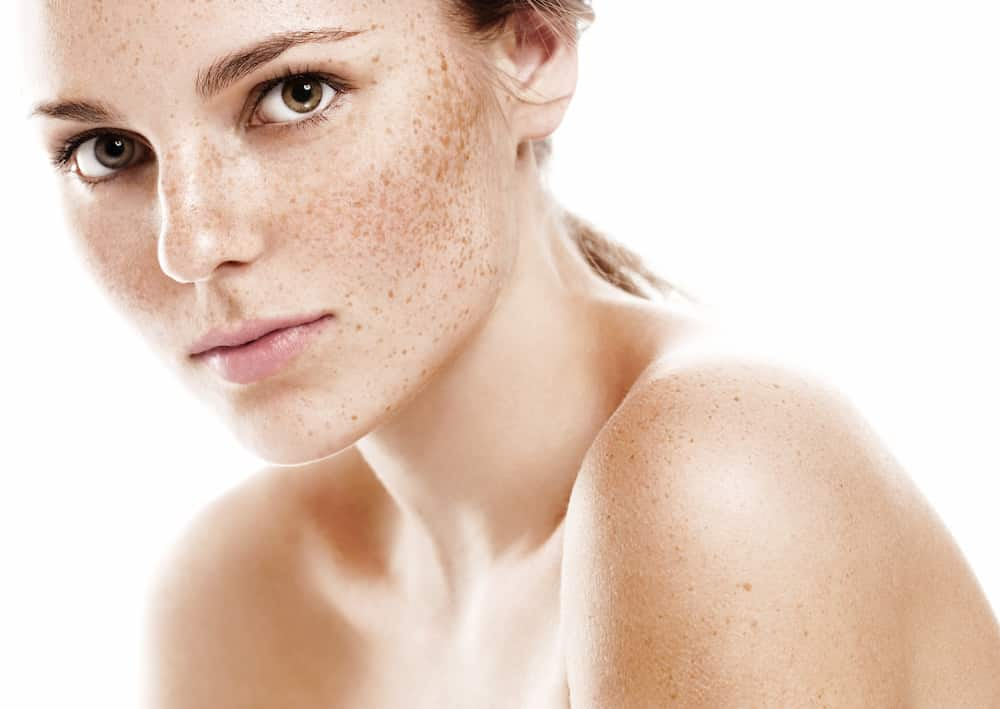
While understanding the causes and different types of freckles is important, it’s also crucial to emphasize that protecting yourself from the sun can reduce the formation of new freckles and minimize the appearance of existing ones. Here are some tips to protect yourself from the sun and reduce the chances of developing more freckles:
Use Sunscreen
Pick up a bottle of broad-spectrum sunscreen of at least SPF 30 or higher and apply it liberally on all exposed skin areas, even on cloudy days. You should also be mindful of reapplying every 2 hours, especially after swimming or sweating.
Wear Protective Clothing
Wear long sleeves, pants, and a wide-brimmed hat whenever possible to shield yourself from the harmful effects of direct sunlight.
Seek Shade
Stay in the shade whenever possible to protect yourself from direct sunlight, especially during peak hours of 10 am to 4 pm.
Wear Sunglasses
Protect your eyes and the delicate skin around them by wearing sunglasses that block 100% of UVA and UVB rays.
Beware of Reflected Light
Remember, UV radiation can be reflected off water, sand, asphalt, and snow and can even intensify it, increasing the risk of sun damage and freckles. Be extra mindful of your surroundings to protect yourself.
Freckle Removal Treatments
There are many treatment options for removing freckles to help you restore your skin to a radiant and clear complexion. Some of the most effective treatments are:
Topical Treatments
Prescription creams or gels containing retinoids or hydroquinone can help lighten freckles over time—these creams work by inhibiting the production of melanin, which causes a reduction of freckles.
Chemical Peels
Chemical peels use an acidic solution to remove the outer layers of the skin, revealing fresh, new skin underneath. This can help reduce the appearance of freckles and improve overall skin tone and texture.
Laser Therapy
Lasers can target the melanin in freckles, breaking them down and allowing the body to remove them naturally. This treatment has been proven highly effective and typically requires multiple sessions for optimal results.
Intense Pulsed Light (IPL)
IPL therapy uses light energy to target and break down melanin in the skin, reducing the appearance of freckles. This treatment is less invasive than laser therapy and usually requires fewer sessions.
Cryotherapy
Cryotherapy involves freezing the freckles with liquid nitrogen, causing them to peel off the skin. This treatment is usually reserved for isolated, smaller freckles and may require multiple sessions for complete removal.
Don’t let freckles get you down. This treatable and preventable skin condition can be addressed at Nirunda International Aesthetic Clinic in Bangkok. Consult our team of experienced professional dermatologists, who will assess your skin condition and recommend suitable treatment options for your individual needs.


